On August 21, Mr. Le Minh Tien, Director of Ea So Nature Reserve, said that the unit coordinated with the Center for Nature Conservation and Development (under the Vietnam Union of Science and Technology Associations) to announce the results of a biodiversity survey at Ea So Nature Reserve and the Krong Nang Watershed Protection Forest Management Board (Dak Lak province).
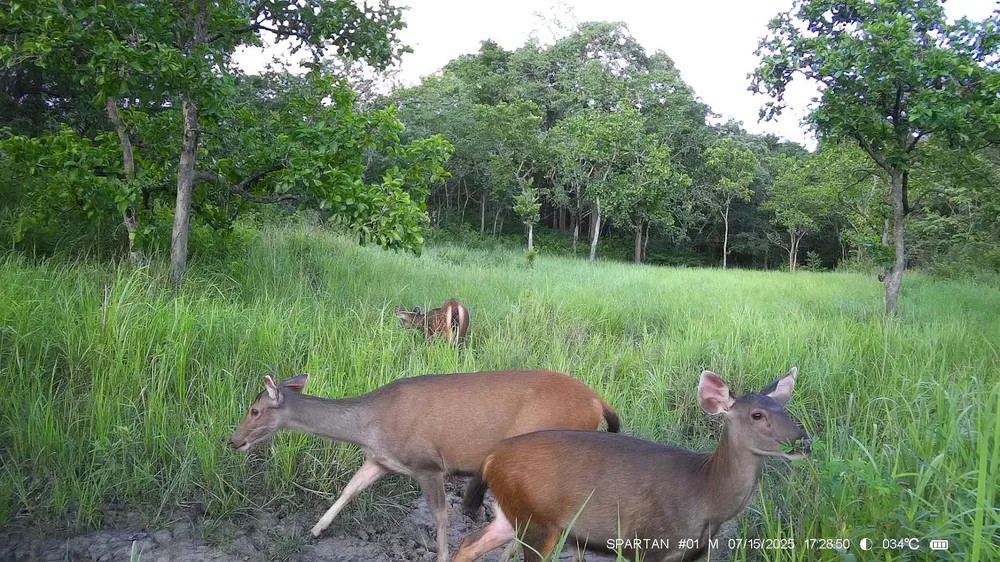
Accordingly, in more than 2 months of field surveys and camera traps along the route in Ea So Nature Reserve, 789 vascular plant species were recorded, belonging to 148 families and 494 genera; including 1 critically endangered species, 9 endangered species and 11 near-endangered species.
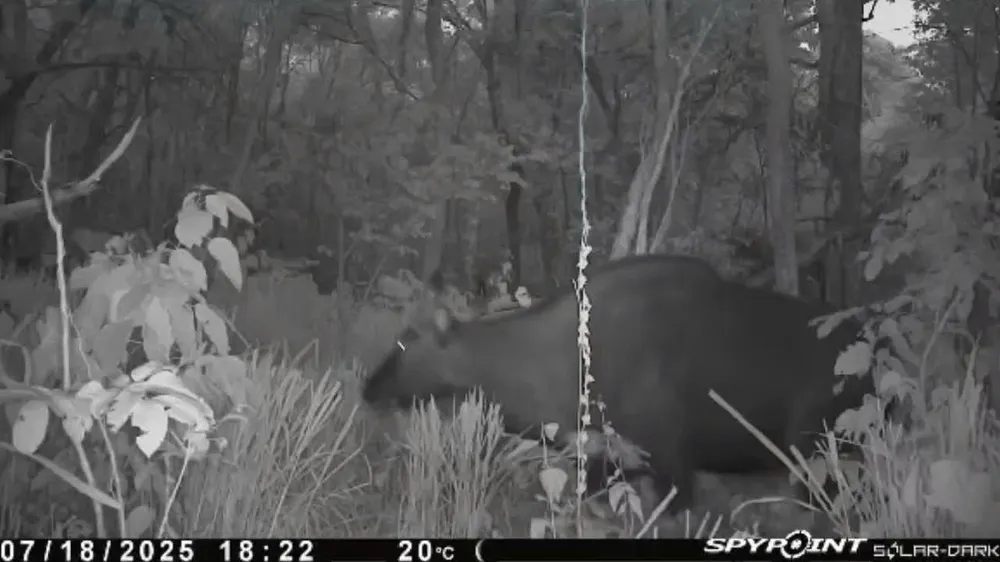
Regarding animals, 179 bird species (19 orders, 54 families) were recorded, of which 8 species are listed in the Vietnam Red Book; 30 mammal species (15 families, 6 orders), of which 22 species are listed in the Vietnam Red Book; 48 reptile and amphibian species (12 families, 2 orders), of which 22 species are listed in the Vietnam Red Book.
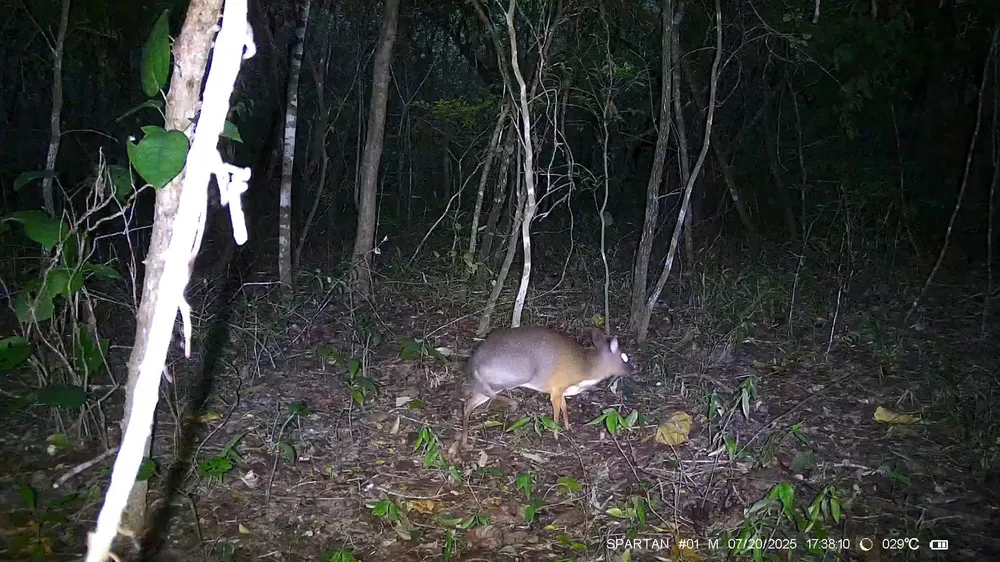
The investigation team also recorded at the Krong Nang Watershed Protection Forest Management Board that there are 639 species of vascular plants (116 families, 443 genera); 54 species of reptiles and amphibians (19 families, 4 orders), of which 14 species are listed in the Vietnam Red Book; 9 species of mammals (6 families, 5 orders), of which 2 species are listed in the Vietnam Red Book; 125 species of birds (17 orders, 45 families), of which 5 species are listed in the Vietnam Red Book.
In particular, Ea So Nature Reserve has recorded a number of rare animal species: the Little Fish Kite (group IIB) was rediscovered after more than 20 years; the Silver-backed Cheo leo (extremely endangered group), previously only recorded in Khanh Hoa, Ninh Thuan, and Phu Yen .
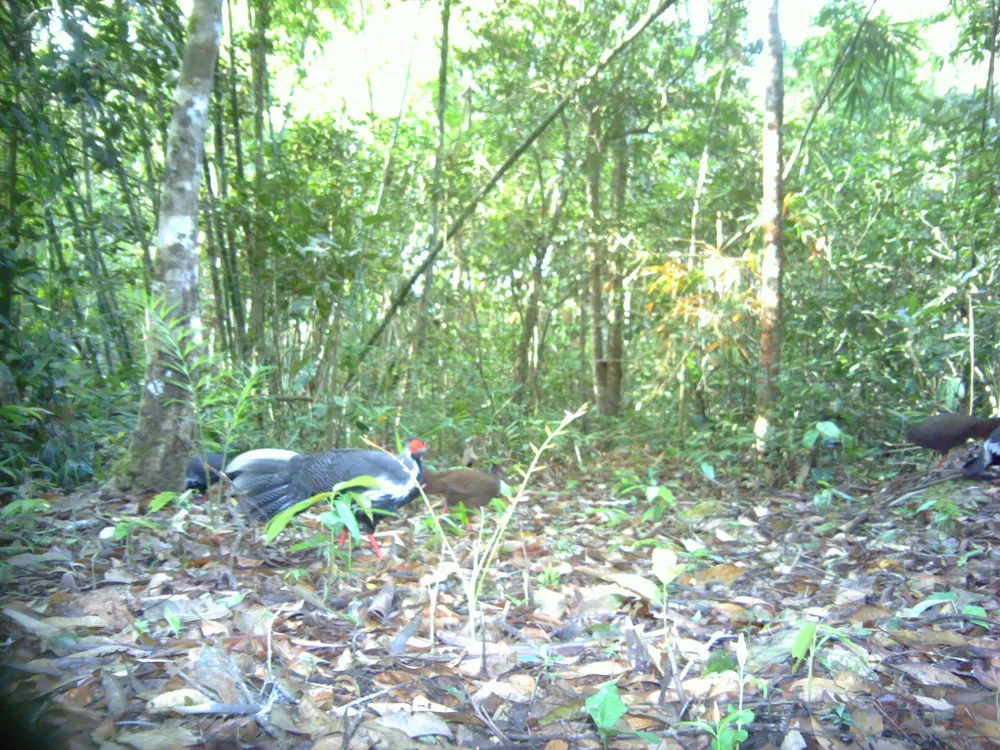



Chu Yang Sin National Park ( Dak Lak province) has also coordinated with the Southern Institute of Biology and the Institute of Life Sciences (under the Vietnam Academy of Science and Technology) to set camera traps to record rare animals, including the rare pheasant population. This is a positive signal, affirming that the population of this rare bird species is still stable in the park. At the same time, this is also a testament to the efforts to conserve biodiversity in this special-use forest area.
Source: https://www.sggp.org.vn/phat-hien-nhieu-dong-vat-quy-hiem-o-rung-dak-lak-post809436.html


![[Photo] Dan Mountain Ginseng, a precious gift from nature to Kinh Bac land](/_next/image?url=https%3A%2F%2Fvphoto.vietnam.vn%2Fthumb%2F1200x675%2Fvietnam%2Fresource%2FIMAGE%2F2025%2F11%2F30%2F1764493588163_ndo_br_anh-longform-jpg.webp&w=3840&q=75)





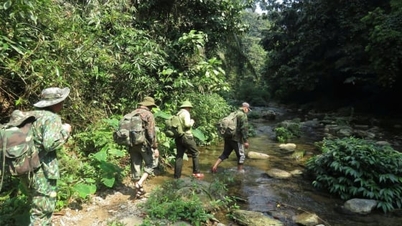

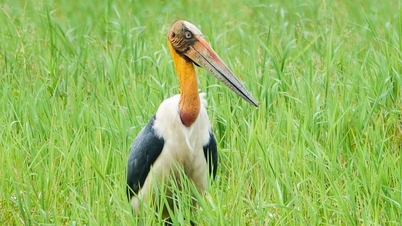

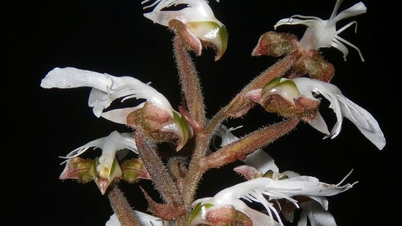




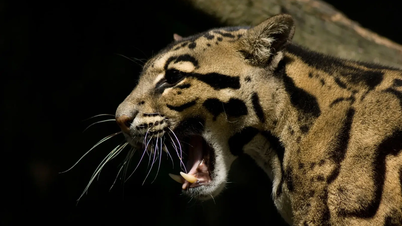

















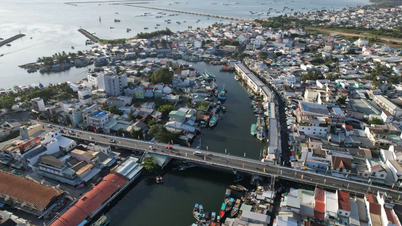

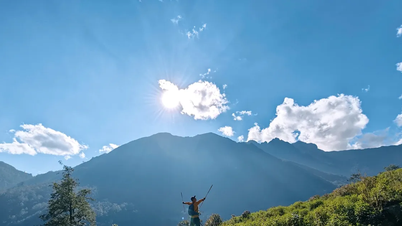







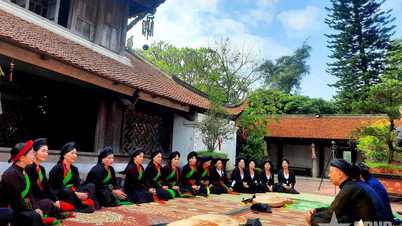


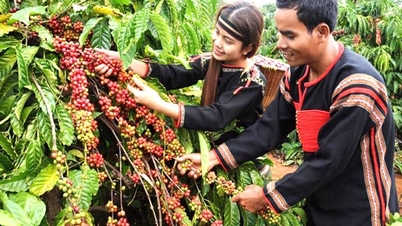





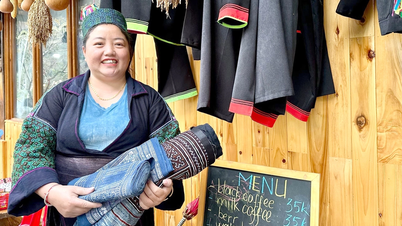



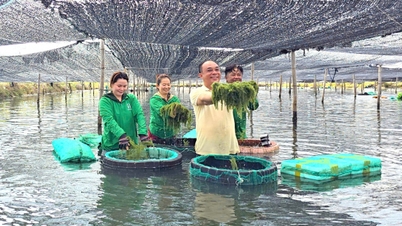







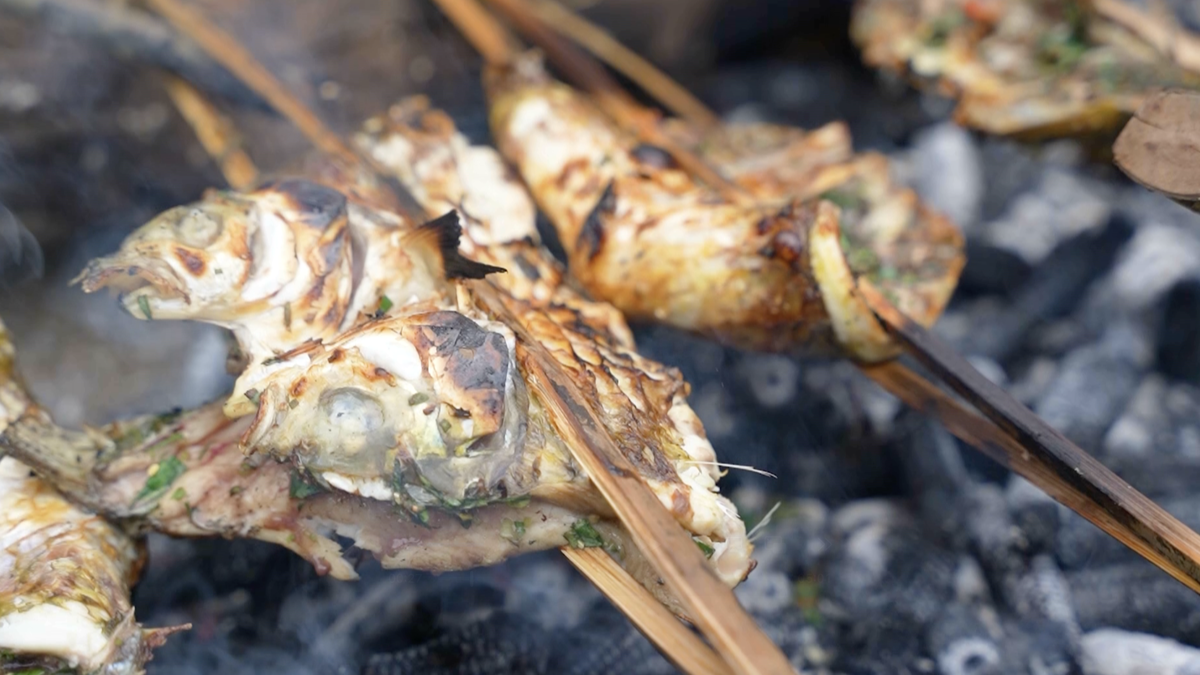



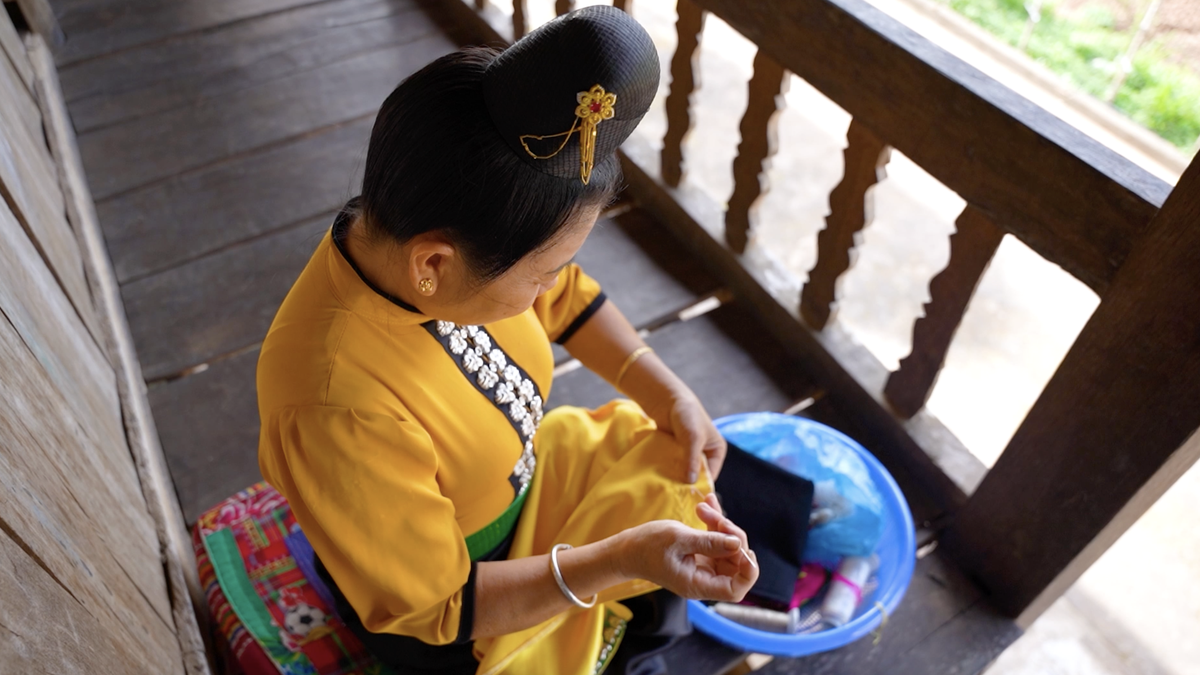




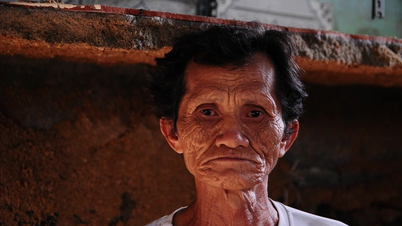





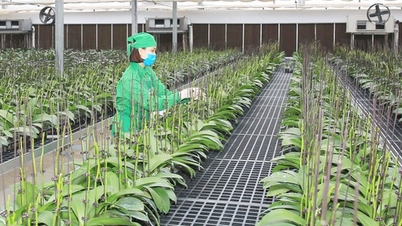




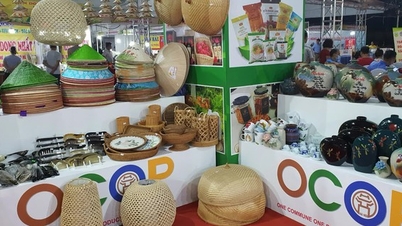





















Comment (0)